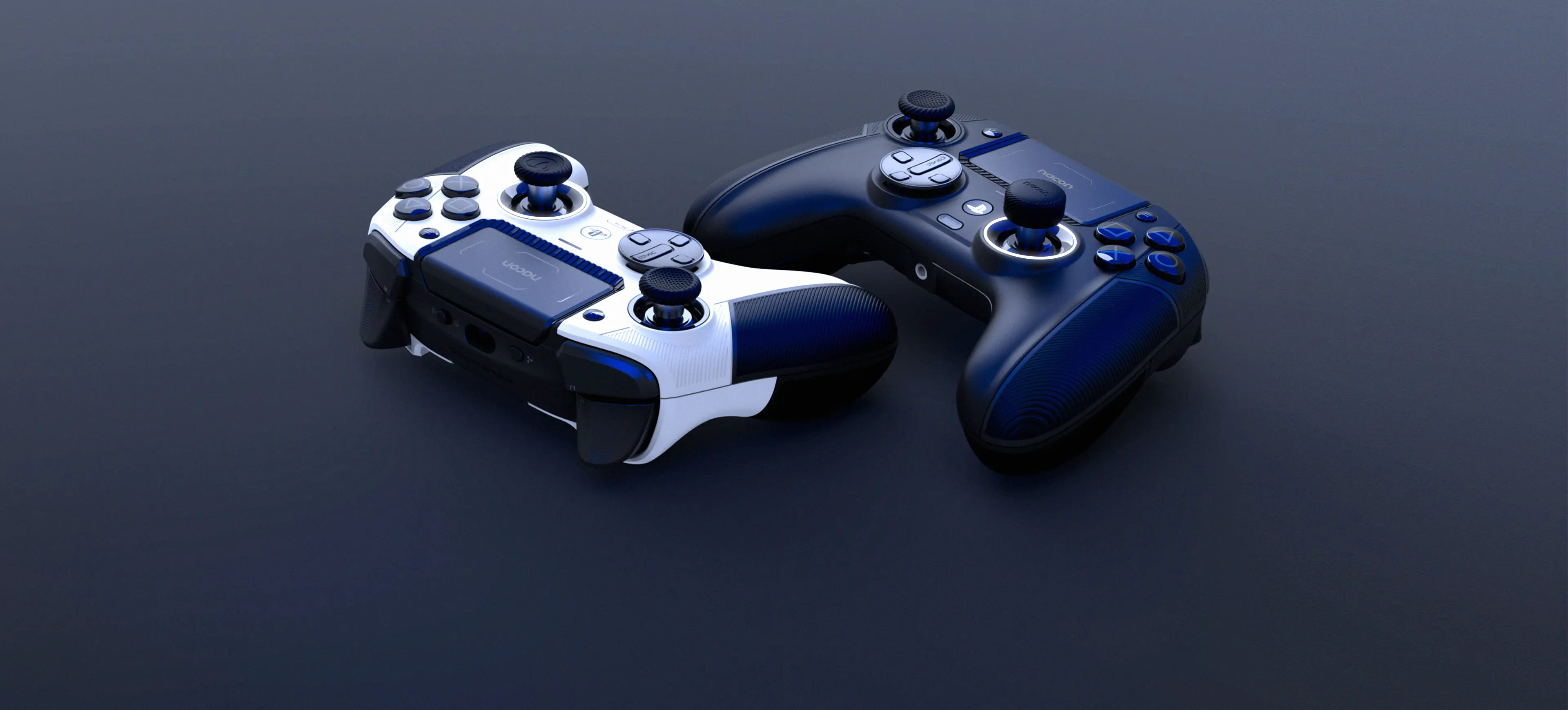Want to connect your phone to your tablet to share files or access the internet? Discover the different ways to link your devices—via Bluetooth, Wi-Fi, or USB cable—thanks to our step-by-step guide.
How can I pair my phone with my tablet?
Bluetooth is the easiest method to pair your phone with your tablet. Here’s how to do it:
Enable Bluetooth on both devices
On your phone, make it “visible” to other devices
On your tablet, open Bluetooth settings and search for available devices
Select your phone from the list
Confirm the connection request on both devices
Once connected, your devices will automatically recognize each other next time. If you have a Samsung phone and tablet, you can also use the “Multi Control” feature for better integration. It allows you to copy-paste content between devices or share your screen.
Tip: For a more stable connection, keep your devices within 10 meters (33 feet) of each other.
How do I put my tablet in pairing mode?
Putting your tablet in pairing mode is easier than you think. After enabling Bluetooth as explained above, follow these next steps.
In the Bluetooth settings, look for an option that says “Make visible” or “Pairing mode.” On some tablets, it might be called “Pair a new device.” Enable this option, and your tablet will be ready to connect.
If your tablet asks to enable location services, accept it—this is normal, as some models require it for Bluetooth to work properly. This step is the same whether you want to connect a wireless mouse, connect a PS5 controller to Android, or connect a PS4 controller to Android. Your tablet will now search for available nearby devices.
How do I share my phone’s internet connection with my tablet?
Sharing your phone’s internet connection with your tablet is very convenient when there’s no Wi-Fi available. You can choose between three main methods: Wi-Fi tethering (also called hotspot), Bluetooth, or USB connection. Each method has its pros, which we’ll explain below.
Sharing via Wi-Fi
Wi-Fi tethering is the simplest method to get your tablet online using your phone. First, swipe down from the top of your phone screen to open the quick settings menu. Tap “Hotspot”—and just like that, your phone becomes a Wi-Fi source!
If you don’t see this option, don’t worry. Go to Settings, then Wi-Fi & Network, and finally Hotspot & Tethering. Once activated, your tablet will detect this new Wi-Fi network like any other. Just connect using the password shown on your phone.
Quick tip: Keep your phone plugged in while sharing, as this feature uses a lot of battery. And don’t forget to turn off the hotspot when you’re done.
Sharing via Bluetooth
On your phone, open Settings and look for “Bluetooth tethering.” Once activated, go to your tablet’s Bluetooth settings and select your phone from the list of available devices. Accept the connection request that appears on both devices. That’s it!
Your tablet is now using your phone’s mobile data. Bonus: Bluetooth uses less battery than Wi-Fi. However, keep your devices within 10 meters (33 feet) of each other for a stable connection.
Sharing via USB
USB tethering is the most stable way to connect your tablet to the internet through your phone. It’s also the easiest to set up. Just plug your phone into your tablet using a compatible USB cable.
On your Android phone, then enable the “USB tethering” option in the settings. Your tablet should automatically detect the connection and start using your phone’s mobile data.
The advantage of USB sharing is that it offers a faster and more reliable connection than Wi-Fi or Bluetooth. Plus, you don’t have to worry about distance as long as the cable stays connected.
Why can’t I connect my phone to my tablet?
Connection issues between devices are more common than you might think. Here are the key things to check when it’s not working:
Make sure Bluetooth and Wi-Fi are turned on for both devices. It may seem obvious, but it’s often the main issue! Also check that Airplane Mode isn’t enabled by mistake.
If you’re having trouble with Wi-Fi, double-check the password. A wrong uppercase letter or special character can prevent the connection. Interference might also be the problem—move away from microwaves or other wireless devices.
For Bluetooth, make sure your device is visible. On Android, go to Settings, select Bluetooth, and enable “Visible to other devices.” On iOS, stay on the Bluetooth settings screen.
If nothing works, restarting both devices often solves the issue. Also, check for system updates—an outdated system can cause compatibility problems. If none of this helps, you can always rely on third-party apps designed to simplify device connections.
Third-party apps for device connection
Third-party apps can greatly simplify connecting your devices. Samsung Flow is especially effective if you own Samsung products: just install it on both your phone and tablet. Once configured, it provides a smooth and quick connection.
For file transfers, apps like SHAREit or Xender do a great job. They’re free and easy to use. The best part? They work on nearly any device, no matter the brand. No need to deal with complicated settings.
These apps often offer a more intuitive interface than native sharing options. They can also be faster when transferring large files. Choose the one that best fits your needs.













